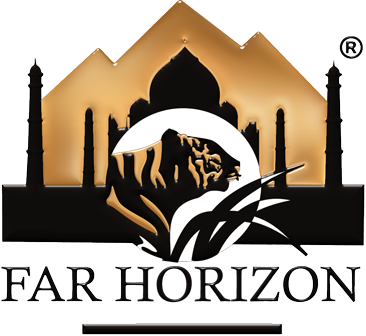Central India is a hub of wildlife sanctuaries or national parks and therefore it is considered as one of the most frequented regions of India. Generally, Madhya Pradesh is known as the "Heart of India" for being located at the center of India. It is also considered as the second largest state of the country.
Pilgrimage-cum-traveller havens such as Maheshwar and Omkareshwar on the Narmada River are infused with the spiritual and chill-out vibes for which India is renowned, while the adventurous can foray into the tribal zones of Chhattisgarh, fascinatingly far removed from mainstream India.
Blending the best of cultures, Central India boasts many folk dances, art and music forms as well. Jawara dance and classical music from the region is prevalent in various other Indian states too. This region creates a colourful amalgamation of culture, cuisine, trade and tradition. And, it certainly gives you the glimpse of splendour that the rich heritage of India offers.
































